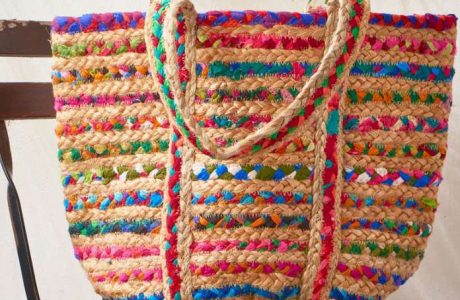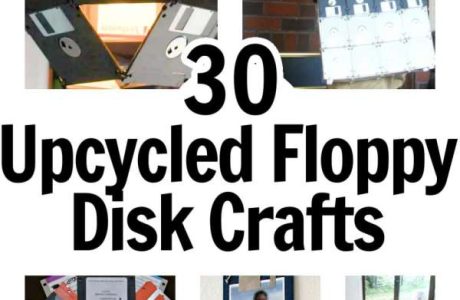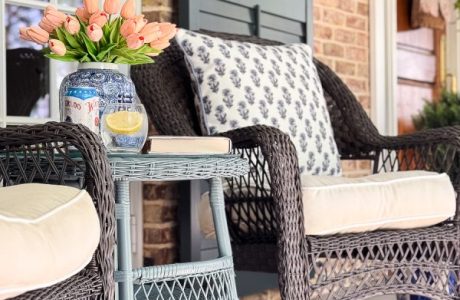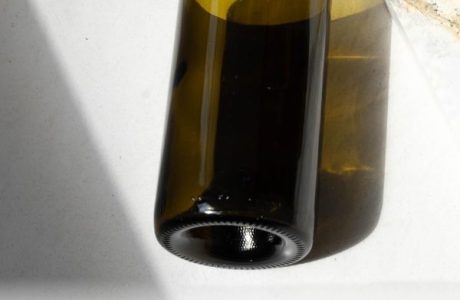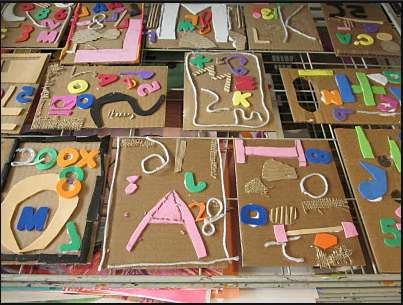
I didn’t know what the word collography meant, but I am so glad I took the time to learn.
It really isn’t complicated, in fact you may have already done it but didn’t know it.
Collography is a printmaking technique that involves creating a printing plate by adhering materials to a substrate, such as cardboard or paperboard. The materials used to create the plate can be various, such as fabrics, yarns, textured papers, sandpaper, string, or any other materials that can be glued or attached to the substrate.
Once the plate is created, it is inked and then pressed onto paper or another printing surface, creating a print. The ink adheres to the raised surfaces of the plate, creating a relief effect. Multiple prints can be made from a single plate, and the plate can also be reworked and altered to create different effects.
Collography is a versatile and experimental printmaking process that allows for a lot of creative expression and experimentation. It is often used in fine art printmaking as well as in commercial applications, such as in the production of packaging or book covers.
Put in simple terms, it is putting objects on a hard surface and then making prints with it.
Why would crafters use it?
Crafters may use collography for several reasons. Firstly, collography is a very accessible and low-cost printmaking technique that does not require specialized equipment or materials. Crafters can create printing plates using easily available materials such as cardboard, fabrics, or textured papers, and can use water-based inks that are non-toxic and easy to clean up.
Secondly, collography allows crafters to create unique and textured prints that cannot be achieved through other printmaking techniques. By experimenting with different materials and textures on the plate, crafters can create prints that have a distinctive and personalized look. This can be particularly appealing for artists who want to create one-of-a-kind pieces or who want to experiment with abstract or non-representational imagery.
Finally, collography can be a fun and rewarding way to explore the creative potential of printmaking. It can be a great way to introduce children or beginners to the world of printmaking, as the process is relatively simple and the materials are readily available. Overall, collography is a versatile and accessible printmaking technique that can be a great addition to any crafter’s toolkit.
Have any famous artist used it?
Yes, collography has been used by several well-known artists throughout history. One of the most famous artists who worked with collography is Pablo Picasso. In the 1960s, Picasso created a series of collograph prints, many of which featured his iconic abstract imagery.
Another well-known artist who worked with collography is Elizabeth Catlett. Catlett was an African-American artist who created powerful and socially engaged prints throughout her career. In the 1970s, she began experimenting with collography, creating prints that featured bold, graphic imagery and rich textures.
Other notable artists who have used collography include Max Beckmann, Robert Rauschenberg, and Henri Matisse. In recent years, collography has become increasingly popular among contemporary printmakers, and many artists are exploring new techniques and pushing the boundaries of this versatile medium.
Where can I see some examples?
This word and the image of proof any age can do collography can be found at a blog with a great name – The Lake Forest Louvre. I bet these will look cool after they have been used to make prints. Have you ever tried it yourself?
